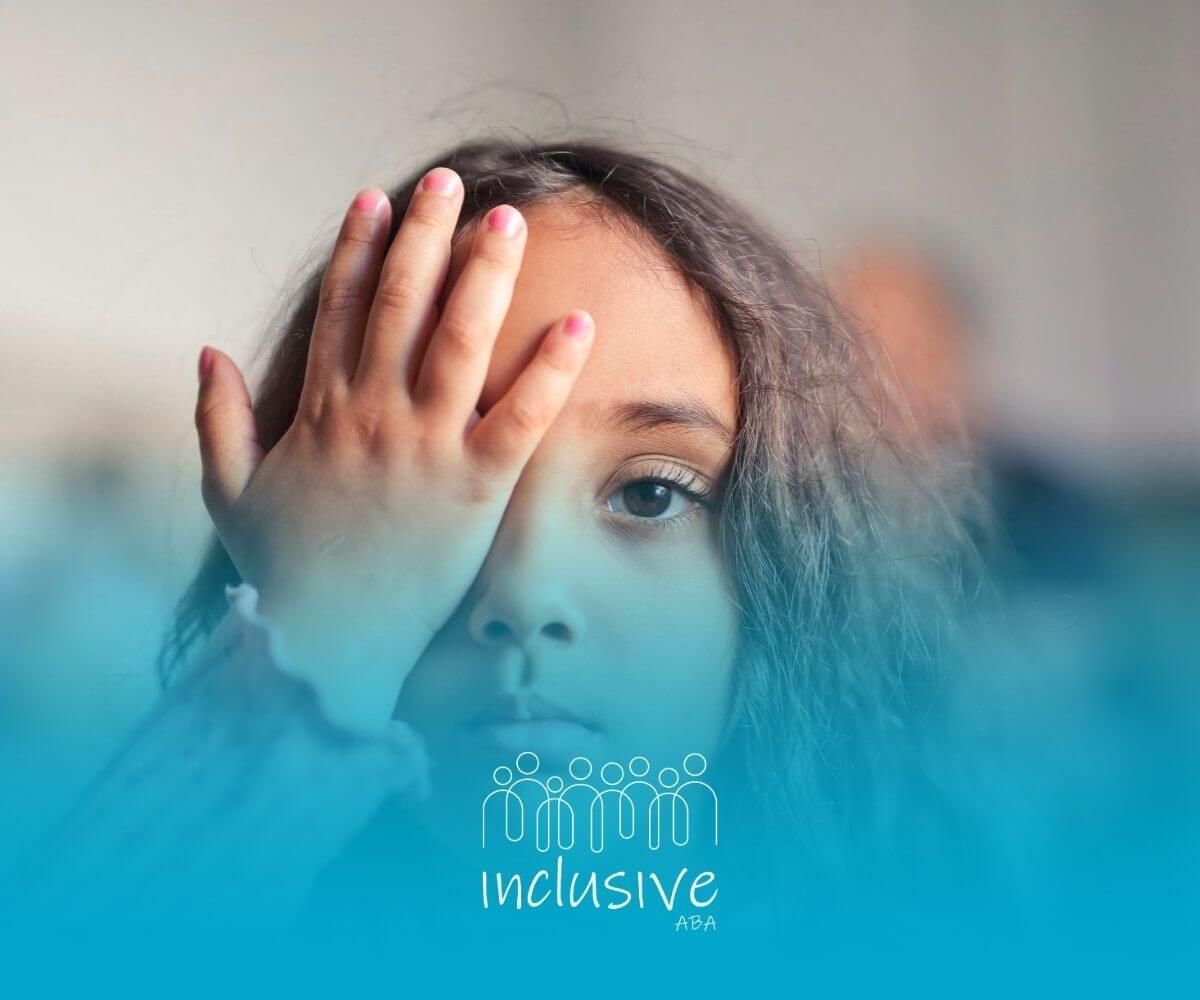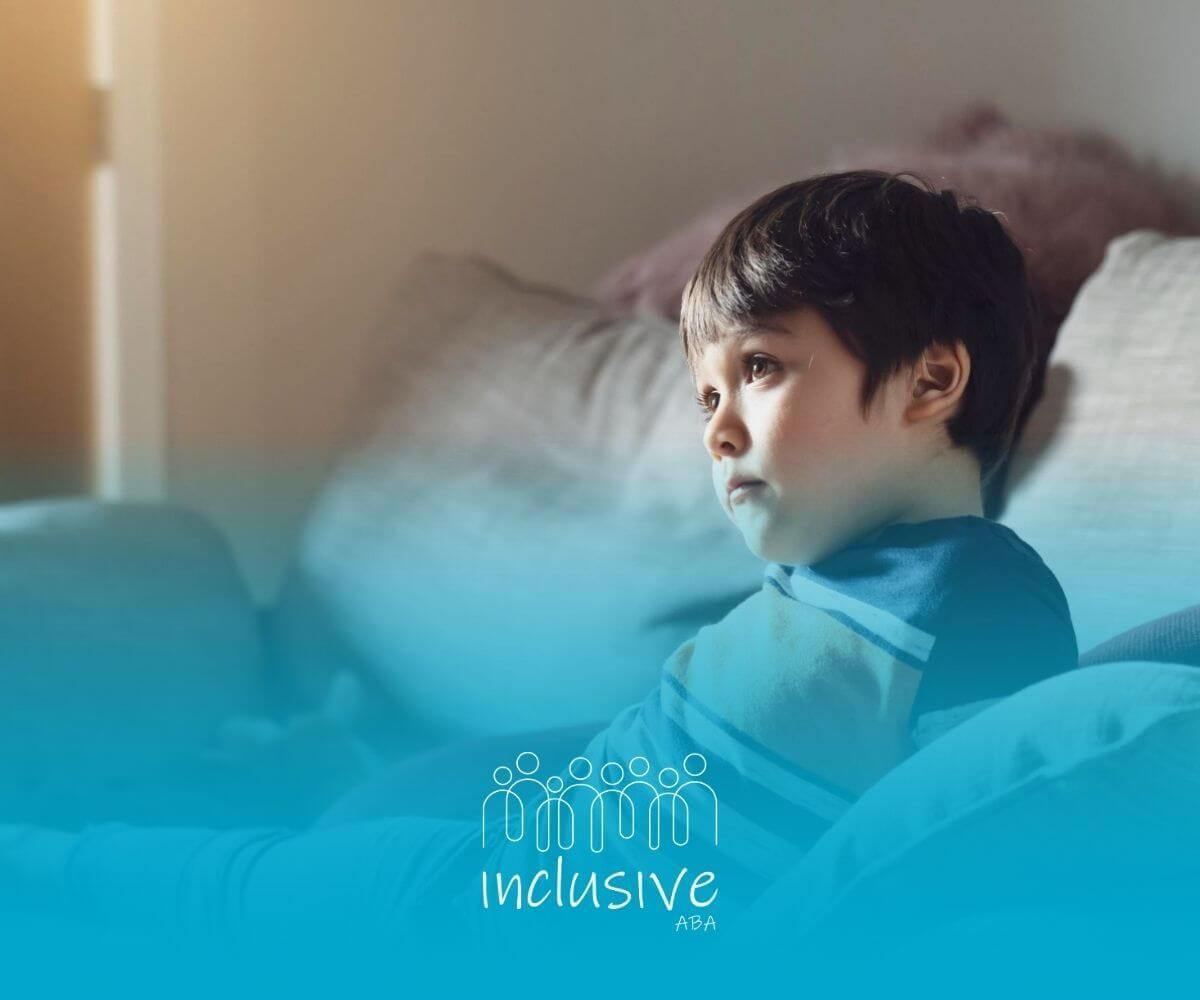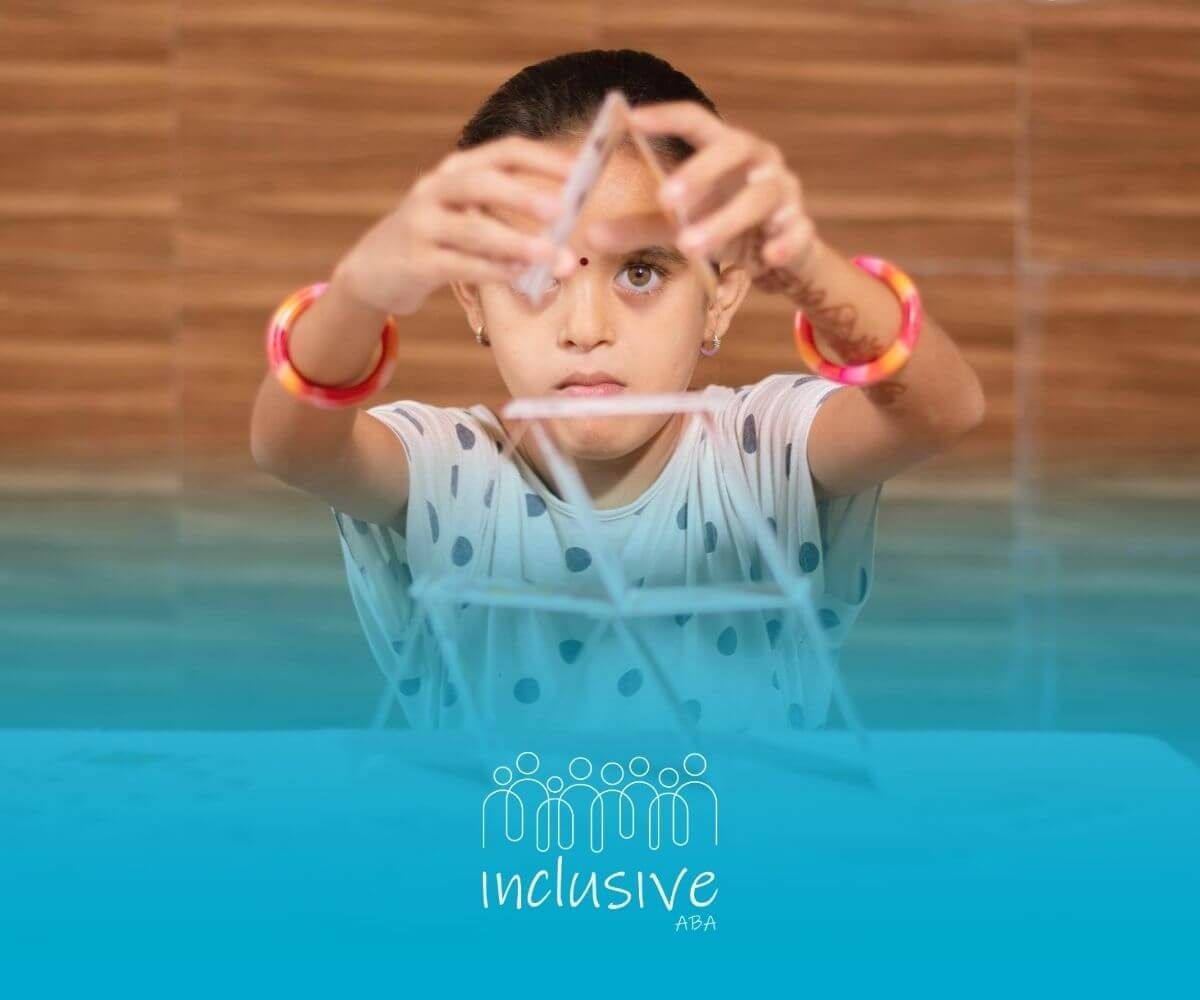Exploring What Autism Spectrum Disorder Is
Understanding Autism Spectrum Disorder
Definition of Autism
Autism Spectrum Disorder (ASD) shows up as a developmental and neurological condition where folks might find it tricky to connect socially, their communication dances to a different tune, and they sometimes stick to certain routines like glue. These quirks usually pop up within a child's first couple of years, making it a developmental story. The "spectrum" part? That means autism comes in a multitude of colors and shades, showing up differently for everyone.
ASD ropes in a bunch of previous conditions initially thought to stand alone, like autism, Asperger's syndrome, childhood disintegrative disorder, and those still-mysterious pervasive developmental disorders that didn’t have a neat label. "Asperger's syndrome" is sometimes still whispered about as a gentler brush of autism.
People with autism could have totally different traits, and these differences might touch upon their social skills, communication quirks, or even intellectual abilities. Some folks might juggle other physical or mental challenges as well, so their healthcare needs are as unique as they are.
Developmental Challenges
The obstacles for folks with autism can take over several areas of life, throwing curveballs in how they chat, make friends, or cope with changes!
Common Developmental Challenges in Autism
| Challenge Type | Description |
|---|---|
| Social Interaction | Picking up social signals can be a puzzle, making friendships and typical social dance steps a bit awkward. |
| Communication | Talking might take its own sweet time, and interpreting what’s said (or even not said) can be like deciphering an ancient script. |
| Behavior | Sticking to repetitive habits, getting super engrossed in certain topics, and wincing at the thought of change. |
| Learning Differences | Some folks struggle in schoolbooks, while others might be little Einsteins in specific areas! |
Jumping in early with the right tools and support can really make a difference in the lives of those with autism, setting the stage for a healthier and fuller life. Everyone from moms and dads to teachers and doctors should get a grip on these challenges to lend a helping hand.
Curious about the signs that might crop up in kids? Check out our autism symptoms in children piece. For the background story, look into causes of autism spectrum disorder. Also, take a peek at the autism diagnosis criteria for a more clinic-driven account.
Early Identification of Autism
Spotting signs of autism spectrum disorder (ASD) early on is a game changer for boosting a child's development. Catching it early and jumping into action offers kids a better shot at tackling their challenges head-on.
Why Spotting Autism Early Matters
Tracking autism early is kind of like a life hack for parents and caregivers. The CDC gives us the green light to check kiddos for autism three times before they hit three years old—around 9, 18, and either 24 or 30 months. This isn’t just some suggestion; it’s a lifeline to spot anything unusual when our little ones are just starting to bloom.
Kids usually start showing signs of ASD in the first two years, and if we catch it fast, we can really lift their social, talking, and behavior skills. Early recognition can pave the way for a brighter future, with the right tools and support at their fingertips.
| Screening Age | Screening Moment |
|---|---|
| 9 months | First suggested check-up |
| 18 months | Second suggested check-up |
| 24 or 30 months | Final suggested check-up |
Perks of Early Help
When kids with autism get help pronto, the benefits are massive. Studies back us up on this: early help makes a world of difference. Custom support boosts their ability to chat, make friends, and handle life's curveballs.
Here's how early intervention really shines:
- Better Communication: Early help sharpens how kids express themselves, making it easier to connect with others.
- Social Skills Grow: They pick up tricks for getting along and making pals.
- Top-notch Learning Chances: Teaching that's just right for them can amp up their school success.
- Doing Things for Themselves: Building life skills early means they can handle more on their own, boosting confidence and independence.
Getting these services and skills early props up their health and happiness, paving the way for a life that's not just survivable, but thriving. Jumping on this early doesn't just boost the kid, it backs up the whole family and community, creating a more inclusive space for everyone touched by autism.
Unique Characteristics of Autism
Getting a grip on autism's quirks is pretty essential to giving the best support and care around. Autism Spectrum Disorder (ASD) can pop up in various ways, with things like muscle tone, eating habits, and seizure tendencies showing up.
Muscle Tone and Motor Skills
Kids with autism might run into some muscle tone hurdles. Roughly
30% of these kiddos deal with moderate to serious muscle tone loss, making both big and lil' skill moves tough. This throws a wrench in tasks needing coordination and oomph, affecting their physical playtimes and everyday chores.
| Muscle Tone Issues | Kids with Autism |
|---|---|
| Moderate to Severe | 30% |
Pica and Eating Behaviors
Pica’s one of those quirky traits that might show up in kids with autism. About 30% get into moderate to strong pica, meaning they might chomp on stuff like paint or sand instead of food. This brings a bag of risks like choking or stomach troubles. Peeking into pica helps guardians keep these kiddos safe.
| Pica Trait | Kids with Autism |
|---|---|
| Moderate to Severe | 30% |
Epilepsy and Seizure Risk
Seizures and autism can go hand in hand, with about 30% of these folks eventually getting epilepsy. The age when it starts dancing varies, often showing up from childhood to the teenage years when puberty shakes things up. Spotting seizures usually involves an EEG test, and medicines help keep things steady.
| Epilepsy | Folks with Autism |
|---|---|
| Develop Epilepsy | 30% |
These autism characteristics highlight the rich tapestry of experiences for those on the spectrum. Setting up support and interventions that zero in on these unique traits can boost life quality.
Common Challenges in Autism
Folks dealing with Autism Spectrum Disorder (ASD) often encounter hurdles that mess with their everyday lives. Sleep hiccups, figuring out treatment strategies, and dealing with everyday impacts pop up quite a lot.
Sleep Issues
A lot of people with autism don't sleep well. Their bedtime struggles might stem from tummy troubles, allergies, how they react to things around them, or meds. Especially, if they’re sensitive to sensory stuff, getting to sleep and staying there can be a real pickle.
Check out some common sleep problems folks with autism face:
| Sleep Problem | What's Going On? |
|---|---|
| Trouble nodding off | Sensory overload or worries play a big part. |
| Waking up at night | This could be due to health issues or being uncomfortable. |
| Weird sleep schedules | These might happen because of surroundings or medication. |
Treatment Approaches
Tackling autism isn't a one-size-fits-all situation. Treatments are as varied as the individuals themselves, typically including behavior tactics, school help, and sometimes meds. Pinning down what works best takes effort since symptoms and reactions to treatments can be all over the map.
Here's a rundown of some usual treatment strategies:
- Behavior tricks: These aim to beef up social, chat, and thinking skills.
- School-style help: Tailored learning setups that meet a kid’s specific needs.
- Meds: Sometimes, drugs are used to handle added issues like anxiety or trouble focusing.
Impact on Daily Life
The unique traits of autism and its typical struggles can really throw a wrench in daily routines. Individuals might find mixing it up socially, chatting, or trying out new stuff to be tough. Plus, conditions that come along for the ride, like epilepsy—tagging along with about 30% of autism cases—can further add to the chaos of daily life. Spotting and dealing with these early on can really make a difference in their future and happiness.
Here’s a look at how daily life might be affected:
| Aspect of Life | What's Affected? |
|---|---|
| Socializing | Kicking off and keeping conversations is tricky. |
| Learning | Grasping lessons and coping with new learning spots can be tough. |
| Daily doings | Sudden changes or surprises in routines can be challenging. |
Getting a grip on these usual challenges helps families, teachers, and experts better support those with autism.
Therapeutic Interventions for Autism
When diving into what is autism spectrum disorder, it's key to know about the variety of therapeutic interventions around. These therapies can make a big difference in how peeps with Autism Spectrum Disorder (ASD) go about their daily lives. You've got behavioral, developmental, and educational treatments leading the charge.
Behavioral Approaches
Talk about getting noticed—behavioral interventions are the hot ticket among teachers and health folks. Applied Behavior Analysis (ABA) steals the show here, shaping good habits and nixing bad ones. It's all about giving a boost to different skills using a set game plan.
Check out these common ABA teaching styles:
| Teaching Style | Description |
|---|---|
| Discrete Trial Training (DTT) | A step-by-step drill, breaking skills into bite-sized chunks with clear instructions and speedy feedback. |
| Pivotal Response Training (PRT) | Looser and more chill, this style promotes meaningful connection, focusing on things like drive and initiation. |
Tracking progress in behavioral steps gives a clear picture of how well these methods work.
Developmental Therapies
Developmental therapies target the growth of either specific skills or a mix of related abilities in folks with ASD. The goal? Get them life-ready, upping their game in communication and independence.
Peek at the most popular developmental therapies:
| Type of Therapy | Focus Area |
|---|---|
| Speech and Language Therapy | Boosts communication know-how, from speech clarity to language understanding. |
| Occupational Therapy | Covers everyday tasks like getting dressed, bathing, and hanging out socially. |
These sessions often help folks voice their needs, handle social stuff better, and keep on top of their overall functioning.
Educational Treatments
Imagine being in a classroom where everything's just right for students with ASD—that's what educational interventions bring. A standout model here is the Treatment and Education of Autistic and Related Communication-Handicapped Children (TEACCH) approach.
Here's what makes TEACCH tick:
| Feature | Explanation |
|---|---|
| Visual Learning | Uses tons of visual aids and schedules to make info stick and make sense. |
| Structured Environment | Keeps things stable to slash anxiety and crank up concentration during lessons. |
This method arms teachers with real-deal tactics to boost school outcomes, making learning feel doable for ASD students.
And don't forget, therapies like cognitive-behavior therapy (CBT) help handle anxiety and depression, shedding light on the bigger autism picture. Together, these therapeutic options offer a full-on support system for folks with autism and their families.
Supporting Individuals with Autism
Autism Spectrum Disorder (ASD) comes with its own set of challenges and quirks. Understanding these hurdles is essential for those living with the condition and anyone who loves or works closely with them. This guide digs into medicines, therapy, and latest research developments to offer valuable insights for families and experts alike.
Meds Matter
Medicine can do wonders for folks with autism, especially when it comes to tackling things like anxiety, depression, and tough behavior. These meds might not be a magic cure, but they sure can help with focus, cut down on impulsive actions, and handle other issues like ADHD. According to the CDC, while meds won't "fix" autism, they can ease some symptoms and make life a bit easier.
Here’s a quick breakdown:
| Medicine | What It Does |
|---|---|
| Antidepressants | Tackles anxiety and the blues |
| Stimulants | Boosts focus, curbs hyperactivity |
| Antipsychotics | Helps with serious behavior problems |
Remember, no one-size-fits-all when it comes to meds. A good sit-down talk with a doc is always a smart move before making any decisions.
Getting a Head’s Up with Psychological Support
Therapy can truly change lives for those with autism by teaching them to navigate emotional and social seas a bit smoother. Here's a snapshot of how these therapies lend a hand:
| Kind of Therapy | What It’s All About |
|---|---|
| Cognitive Behavioral Therapy (CBT) | Shifts pesky negative thinking, aids in managing social, anxiety, and mood hurdles. |
| Social Skills Training | Coaches on those tricky social skills, making chit-chat and relationships a breeze. |
| Family Therapy | Brings the family squad in to tackle dynamics and strengthen the whole support scene. |
The CDC points out that mixing behavioral therapy with psychological aid often hits the sweet spot for many on the spectrum. Each family's understanding and respecting autism's nuances can forge stronger bonds.
Research: The Brain Trust
Research is the unsung hero behind the curtain of autism care, helping us understand more about the condition and uncover groundbreaking treatments. Here's where the spotlight's currently shining:
| Field of Study | What It's Digging Into |
|---|---|
| Genetics | Delving into the DNA puzzle of autism |
| Neurobiology | Peeking into how autism brains tick differently |
| Early Intervention | Testing out techniques for early-stage support and care |
Fresh insights from the National Institute of Mental Health highlight the game-changing power of these studies in creating tomorrow's therapies. This ongoing exploration seeks to create novel treatments that add quality to the lives of folks with autism.
With these tools and know-how, families, teachers, and pros can mold an atmosphere that cherishes and uplifts those touched by Autism Spectrum Disorder.
SOURCES:
https://www.mayoclinic.org/diseases-conditions/autism-spectrum-disorder/symptoms-causes/syc-20352928
https://www.nimh.nih.gov/health/topics/autism-spectrum-disorders-asd
https://autismsociety.org/screening-diagnosis/
https://www.cdc.gov/autism/treatment/index.html
https://asatonline.org/for-parents/learn-more-about-specific-treatments/developmental-therapies/
Looking for Expert Help? We're Here for You!
Our compassionate and skilled team is devoted to enhancing your child's development through customized ABA therapy. Let us partner with you to create a supportive environment for your child's success.
Discover how we can help your family thrive with expert ABA therapy.
Related Posts







